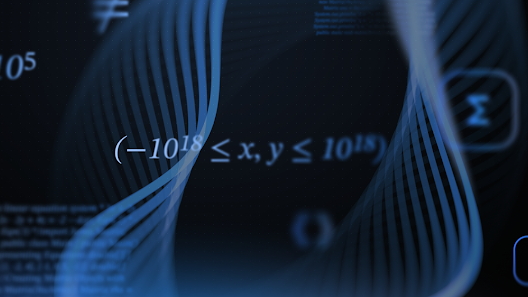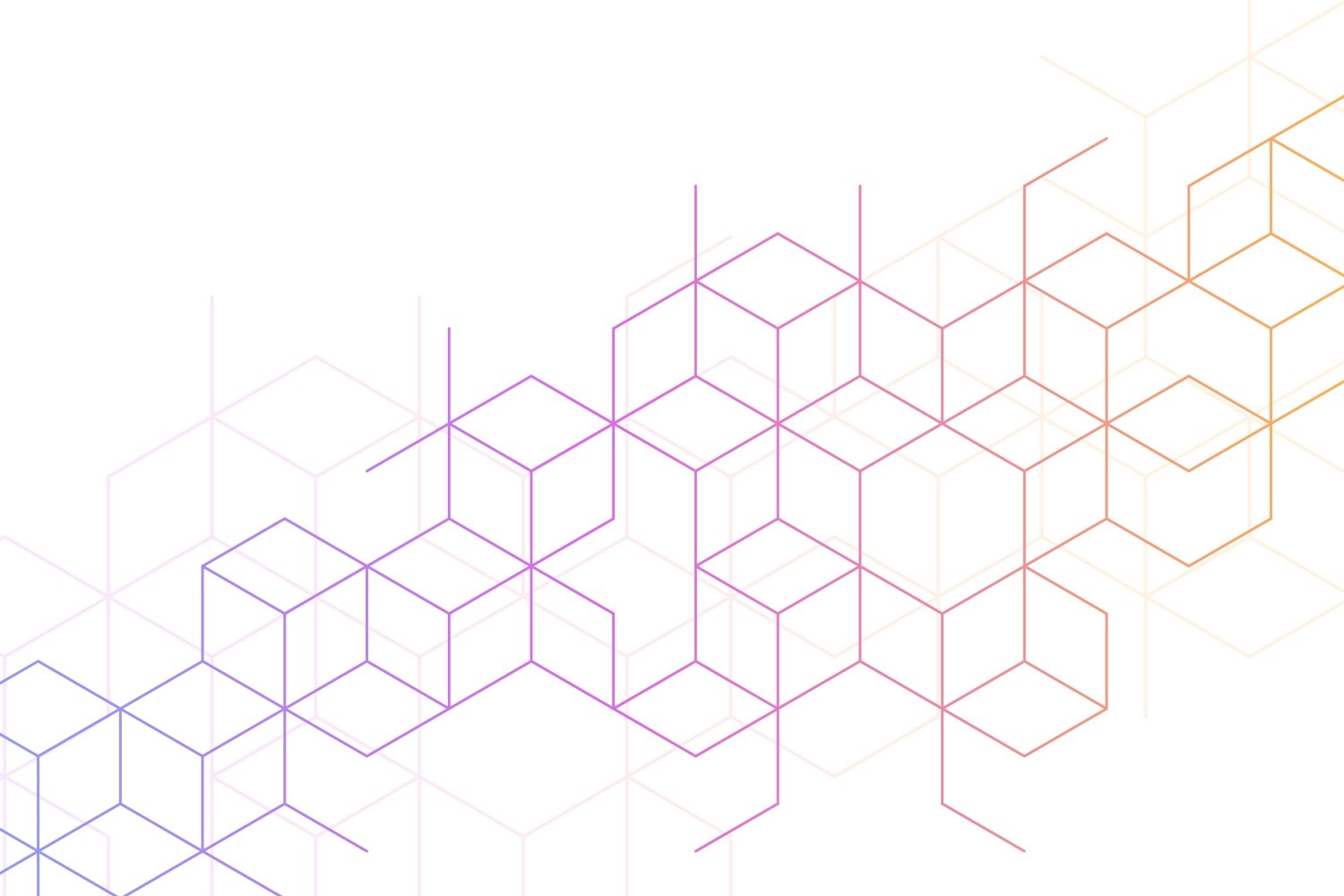Generative AI is reshaping the digital enterprise—but not without challenges.
A new industry survey reveals that while Generative AI (GenAI) adoption is accelerating, organizations remain cautious about the security and quality of their data. The survey, backed by Graphwise, highlights that nearly 71% of respondents consider GenAI a risk due to issues like hallucinations, bias, black-box decision-making, and outdated information.
Human oversight remains essential, with 99% of participants agreeing that AI models require close human monitoring to mitigate risks. As businesses increasingly embed Large Language Models (LLMs) into their processes, many are turning to Retrieval-Augmented Generation (RAG) to improve contextual accuracy and reduce the time to actionable insights.
LLMs on the Rise—But with Caution
According to the survey, 85% of organizations are currently testing or deploying LLMs in production environments. Of these, 90% plan to expand their usage, focusing on applications such as content generation, knowledge discovery, and employee productivity enhancement.
The growing reliance on GenAI is driving demand for smarter, more responsive AI systems. Two-thirds of participants aim to use LLMs for better access to insights, while another 65% are focused on saving time for knowledge workers and improving efficiency.
RAG: The Bridge Between Data Silos and Intelligent Output
To address the limitations of traditional LLMs, nearly one in three GenAI users are exploring or adopting RAG frameworks. These systems enhance data retrieval by integrating structured and unstructured data, using technologies like knowledge graphs to provide richer, more accurate outputs.
RAG platforms enable enterprises to reduce the risks of hallucinations and irrelevant responses by grounding AI outputs in verified internal data. Close to 50% of respondents believe RAG will make enterprise data more actionable and timely, offering a competitive edge in fast-paced industries.
Strategic Impact of Knowledge Graphs
Graphwise, the company formed from the merger of Ontotext and Semantic Web Company, emphasizes that knowledge graph infrastructure is vital to unlocking the full potential of enterprise AI. Without it, investments in GenAI risk producing flawed insights due to poor data quality.
“Wrong decisions cost money and reputation,” said Andreas Blumauer of Graphwise. “Combining semantic AI with knowledge graphs is a small but strategic investment to ensure AI becomes an integral, trustworthy part of the enterprise.”
If your organization is exploring how to safeguard AI systems from biased or inaccurate outcomes, you may also be interested in assessing the cybersecurity risks of advanced AI systems.
Looking Ahead
As organizations continue their journey into AI transformation, combining LLMs with RAG and knowledge graph technologies will be key. These tools not only enhance AI accuracy and accountability but also empower teams to make smarter, faster decisions in an increasingly complex data environment.
Bottom line: The future of enterprise AI hinges on how well businesses can align GenAI advancements with rigorous data governance, context-rich systems, and human oversight.







